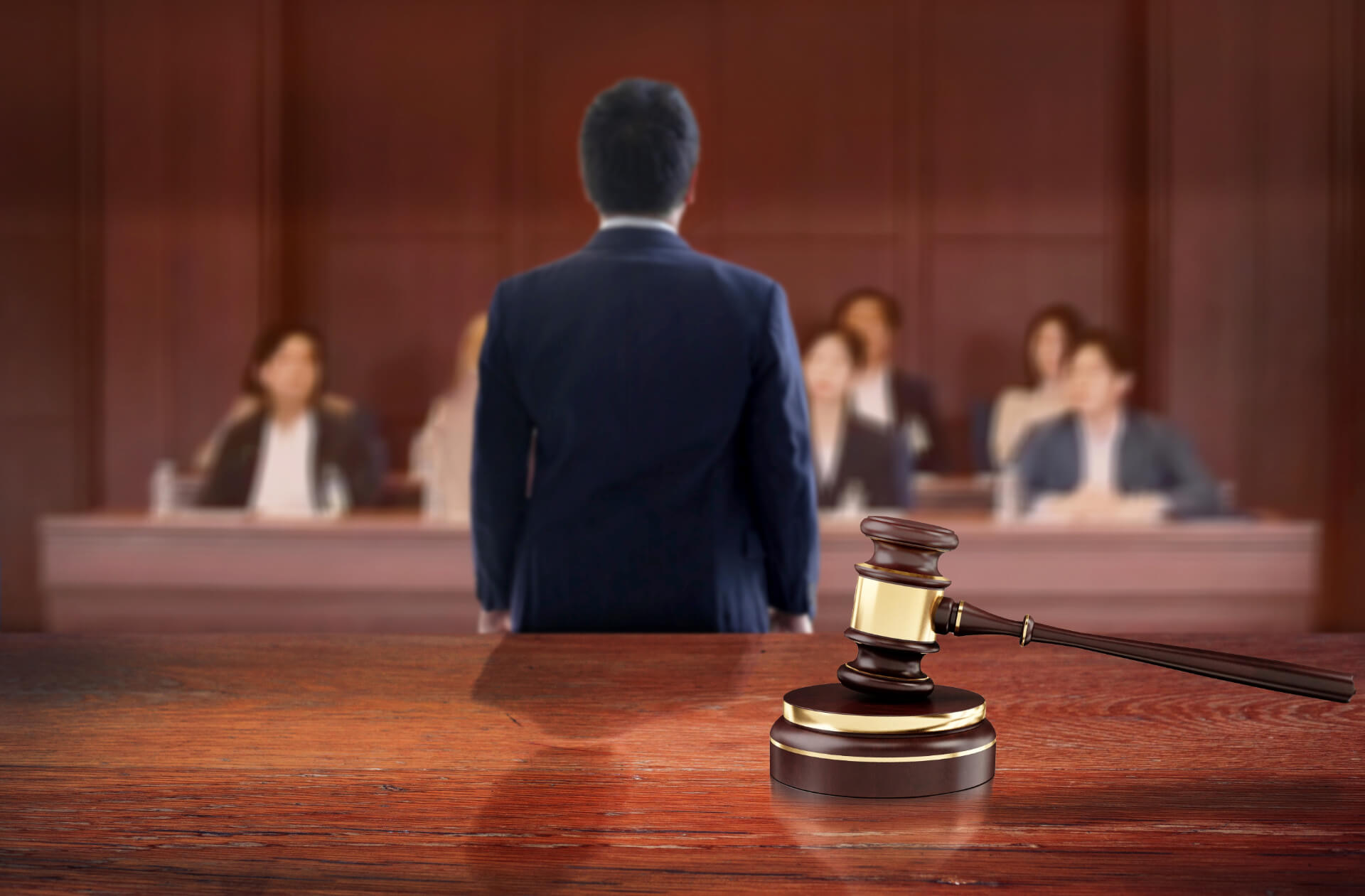
Facing court moments requires focused questions that challenge witness statements and claims. Skillful questioning often exposes contradictions while revealing motive or uncertainty. A planned approach reduces doubt and helps shape a clear narrative for jurors. Learning to test memory perception and credibility gives defenders practical options during hearings. The technique demands repeated practice precise timing careful phrasing to avoid missteps when under pressure. Grasping this method lets defense teams contest testimony with confidence seek clarity from evidence and present alternative explanations that judges will consider. It helps protect rights while creating focused options for client representation. It eases uncertainty now.
Role Defined
A criminal lawyer plays a central part in shaping how facts are understood by decision makers. This practitioner reviews records interviews witnesses and reports to find inconsistencies that can be explored later. Good counsel prepares lines of inquiry that aim to reveal gaps in recall bias or influence that affect statements. The role includes assessing risks advising on choices and coordinating with investigators to gather supporting material. Effective preparation shows when a claim is shaky and offers paths to present alternative views that may change how events are seen by a panel.
Cross Skills
Effective techniques blend preparation with quick thinking during witness examination. Lawyers craft questions that limit vague answers and force clarity.
· Focus on timelines to reveal inconsistencies in statements over time.
· Ask simple direct queries that reduce chance of evasive or unclear replies.
· Control witness momentum by limiting open ended prompts to factual points.
· Use prior statements to highlight contradictions between earlier records and present testimony.
· Structure sequences so each question builds toward a clear final demonstration.
Question Craft
Designing the right line of inquiry begins with careful review of files. The lawyer chooses questions that are precise narrow and aimed at obtaining records or admissions. Short sentences work best because they leave little room for a long answer. Avoiding complex phrasing reduces risk of misunderstanding. Each question should have a purpose whether to confirm a fact to expose a gap or to test recall of details. Practicing aloud with a colleague helps refine tone and sequence while reducing surprises during live proceedings and improves overall performance.
Test Limits
A main aim is to set bounds around claims so each reply is measured. Use careful sequences to avoid letting narrative drift.
· Ask for specific dates times locations to narrow vague recollections into verifiable facts.
· Require clear identification of who observed events to reduce hearsay or secondhand claims.
· Confirm sensory details such as sight voice or other observations that support claims.
· Challenge memory by comparing statements across interviews notes and official records.
· Use closed questions to limit elaboration that could introduce new problematic information.
Evidence Shift
Good questioning does more than unsettle a statement it opens avenues to reframe material. By linking documents to witness remarks counsel can show alternate interpretations that better fit timings. Records photos recordings and reports are examined to find gaps between claimed sequences and actual timelines. Presenting these contrasts in a calm methodical way helps panels see inconsistencies without feeling led. A measured approach preserves credibility while allowing persuasive argument to develop. Finding small discrepancies can reduce the force of a strong assertion and create space for doubt in critical areas.
Jury Persuasion
The aim is to guide listeners to view testimony with appropriate caution. Clear steps translate technical contrast into language the panel can absorb without confusion.
· Use plain analogies to relate abstract errors to familiar everyday situations.
· Highlight small inconsistencies that suggest larger doubts about the overall narrative offered.
· Ask questions that let witnesses confirm details that strengthen alternative explanations.
· Sequence points so jurors can follow a logical path from fact to conclusion.
· Use pauses after answers to let listeners process implied problems in a reply.
Practice Tips
Regular rehearsal with mock witnesses increases confidence and reduces errors in phrasing. Review typical weaknesses in statements and prepare targeted queries to expose those points. Work with investigators to assemble records that support each line of inquiry. Time sequences to keep control during limited questioning periods. Use recordings to spot tone issues awkward phrasing or gaps that need tightening. A steady routine of review and gradual refinement builds skill so performance improves with each practice session and results become more consistent.
The careful use of probing queries yields measurable gains for clients facing serious allegations. A skilled criminal lawyer shapes the exchange by revealing weak aspects in accounts while offering coherent alternatives. Early tactical moves narrow exposure while improving negotiation leverage when needed. Teams that set targeted lines of inquiry preserve trust and steer perception among decision makers. Clear records of exchanges strengthen options later during talks or review. Instruction that centers on sequence and pace builds steady gains in results for people who depend on strong counsel to handle complex processes. This approach aids fair results for clients every time.